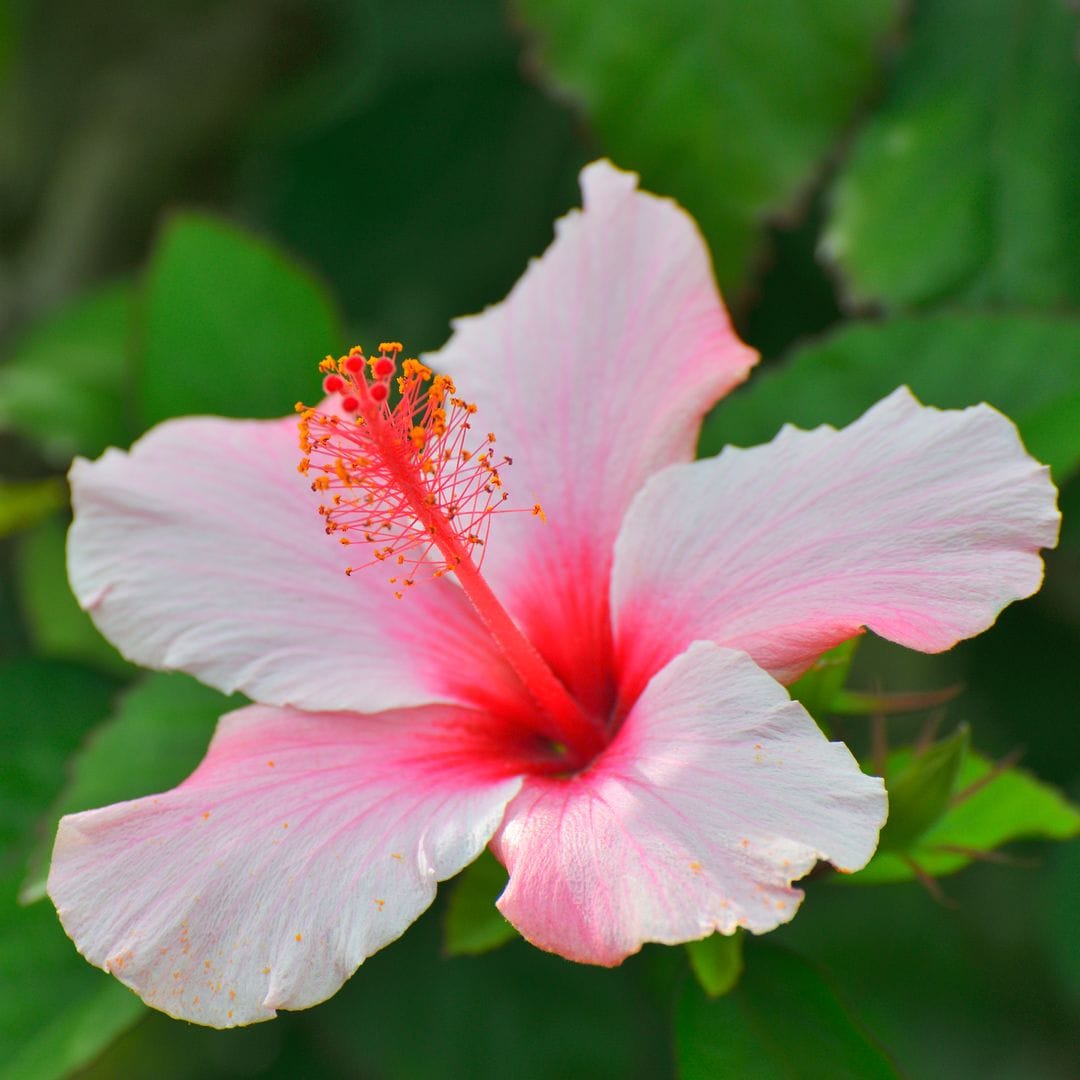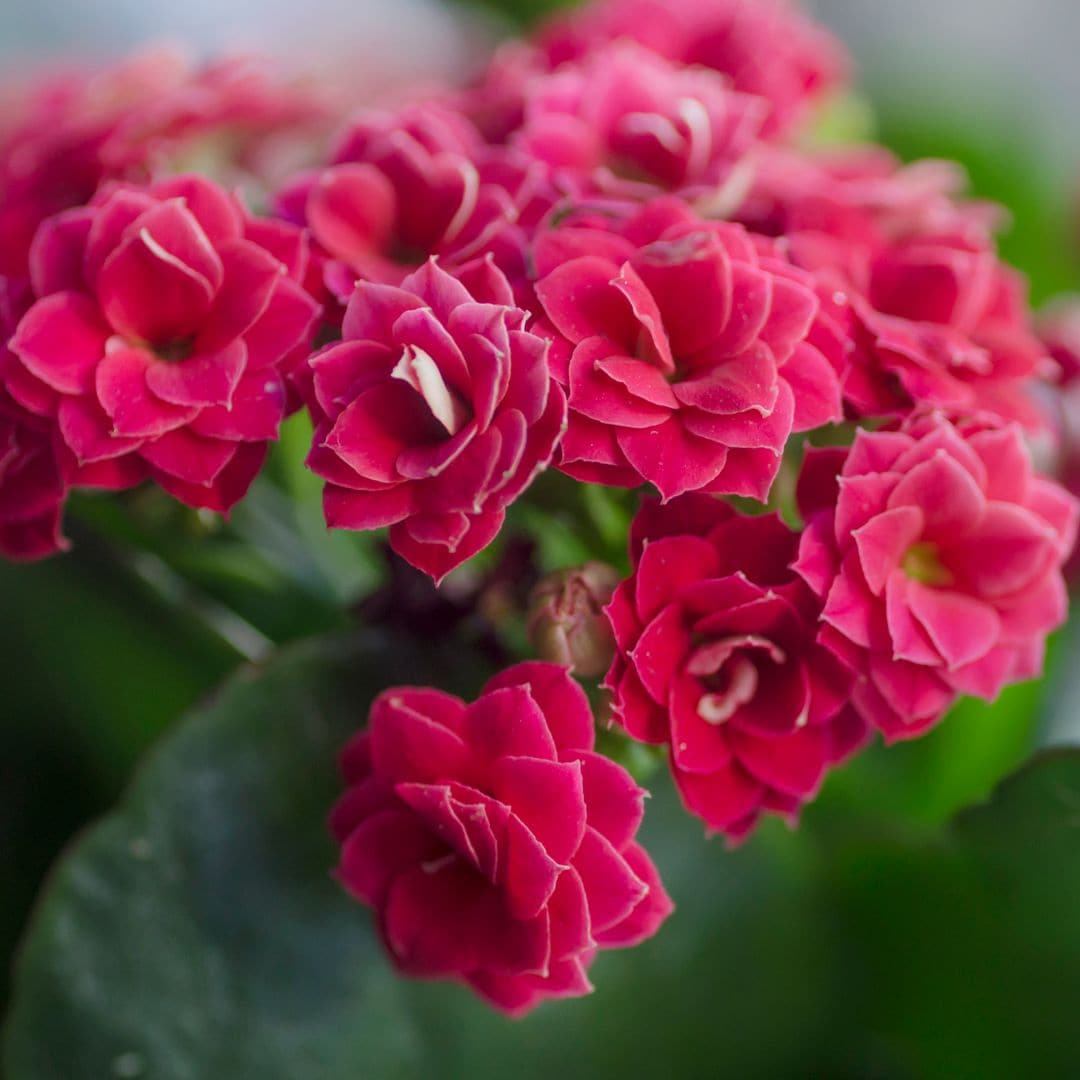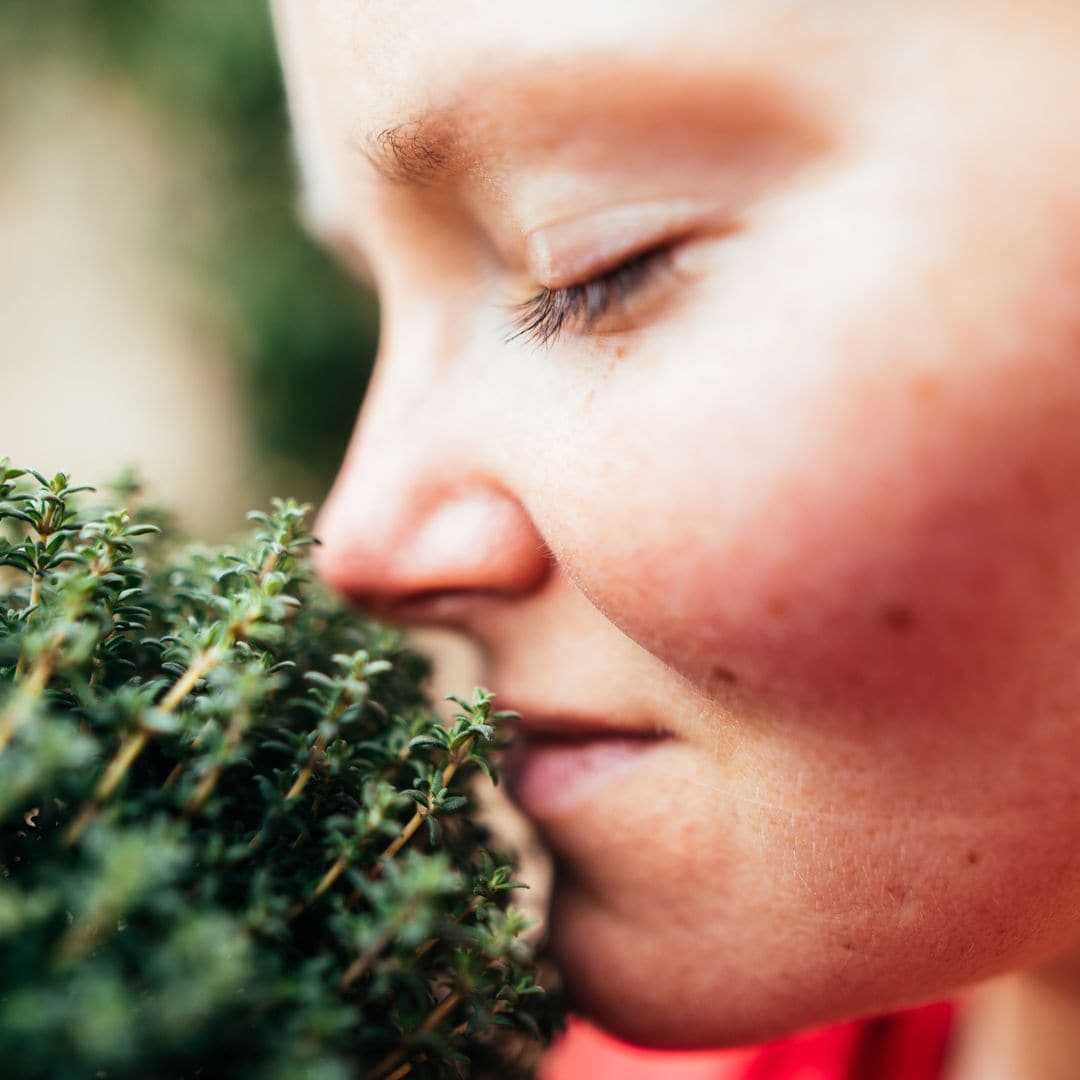Looking for a beautiful, low-maintenance plant that thrives in sunny, warm climates? The common myrtle shrub is a perfect choice. It's a Mediterranean shrub admired for its attractive leaves, impressive durability, and pleasant fragrance. Its drought-resistant nature makes it also ideal choice for warm climates.
This shrub can be planted directly in the ground, in gardens, or even in large pots to adorn entrances, patios, and terraces. In gardening, myrtle is frequently used as a hedge to create natural borders or placed in flower beds due to its compact shape and dense, glossy foliage. Myrtle requires very little maintenance, making it perfect for those who want beautiful outdoor spaces without much effort. Below are some essential care guidelines.
1/9
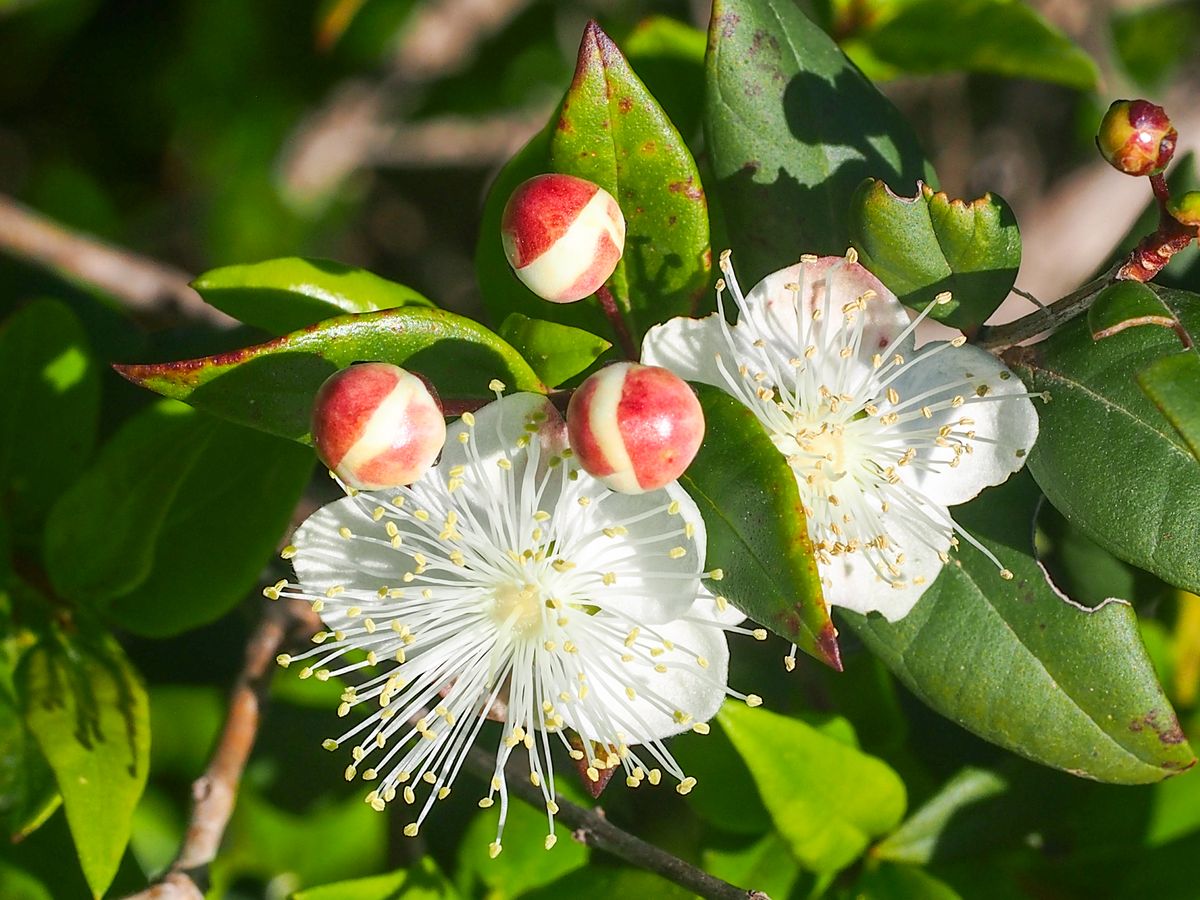 © Valter Jacinto
© Valter JacintoMyrtle: A Mediterranean Natural Perfume
The most appealing quality of myrtle is its intense fragrance. The plant has a fresh, slightly sweet scent characteristic of Mediterranean landscapes. Interestingly, the aroma comes not only from its flowers but also from its leaves. Myrtle's name originates from the Greek word "myrtos," meaning perfume. It blooms from late spring through summer, depending on the weather, creating a pleasant sensory garden experience.
2/9
 © Valter Jacinto
© Valter JacintoThrives in Intense Sun
Sensitive to Cold Myrtle is a sun-loving plant (heliophilic) that thrives best with at least six hours of sunlight daily. Its flowers bloom beautifully even in temperatures exceeding 100°F, without losing their charm. Conversely, it does not tolerate cold weather well, especially when young or not fully established. While a mature, well-rooted myrtle can withstand temperatures as low as 5°F (-15°C) if protected from cold winds, young plants should be safeguarded from extended frost periods.
3/9
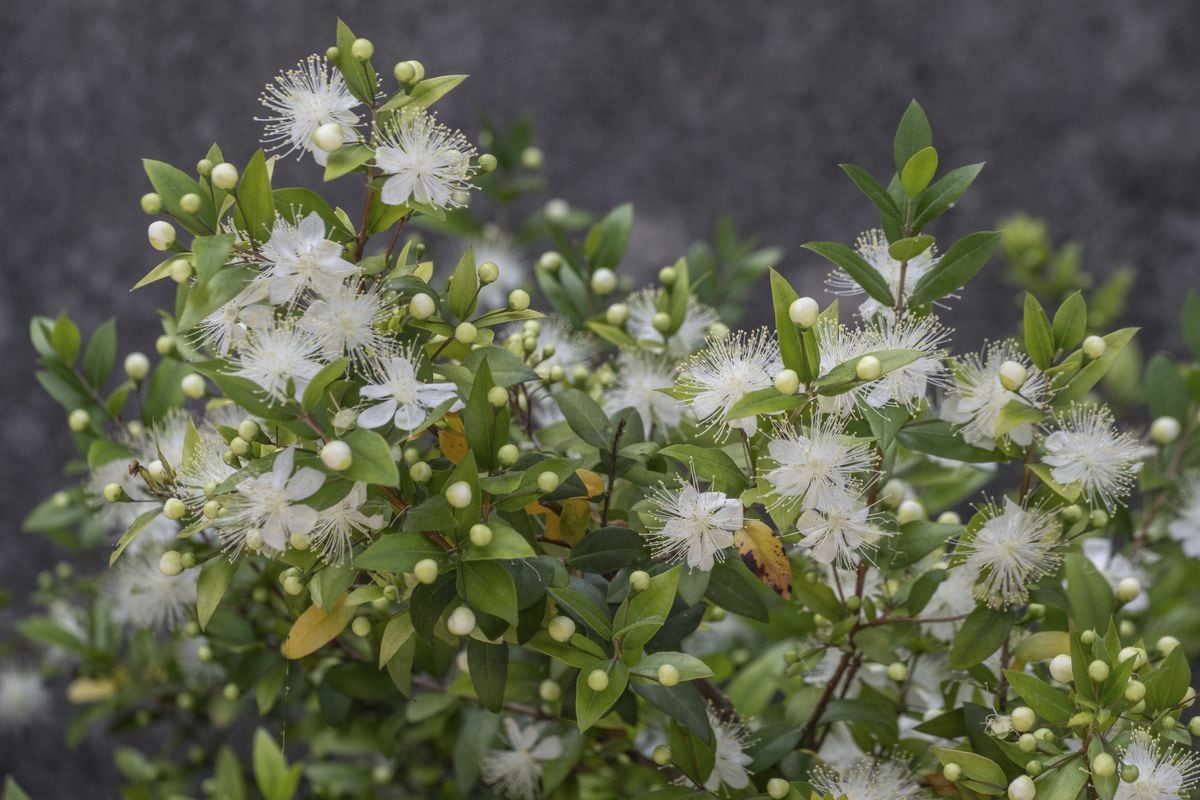 © Getty Image
© Getty ImageMinimal Water Requirements
In addition to its lovely fragrance and heat resistance, myrtle is also known for its minimal watering needs. Native to the dry and hot Mediterranean climate, it thrives without abundant water. In well-drained soil, myrtle can survive 10 to 15 days without watering. When planted in pots, slightly more attention is required; water only when the topsoil is dry, ensuring excess water drains away from the roots. Myrtle is ideal for regenerative gardening, enhancing ecosystems with its beauty, reducing water consumption, capturing carbon, improving soil quality, and promoting biodiversity.
4/9
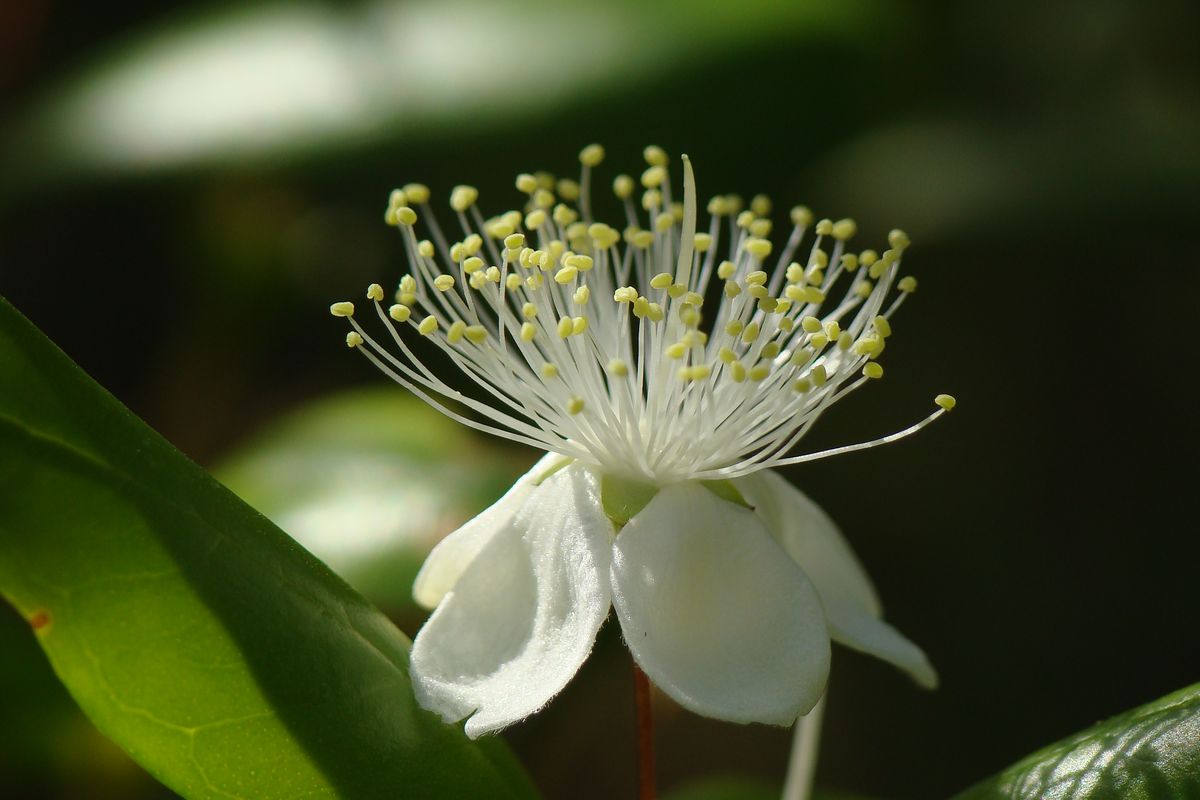 © Valter Jacinto
© Valter JacintoIdeal Soil Conditions: Moderate pH and Good Drainage
Myrtle adapts well to various soil types as long as they are well-drained. It grows in clay or sandy soils, preferring slightly acidic to neutral conditions. Highly calcareous soils should be avoided, as they can lead to iron chlorosis, a condition where plants cannot absorb iron even if it's present in the soil.
5/9
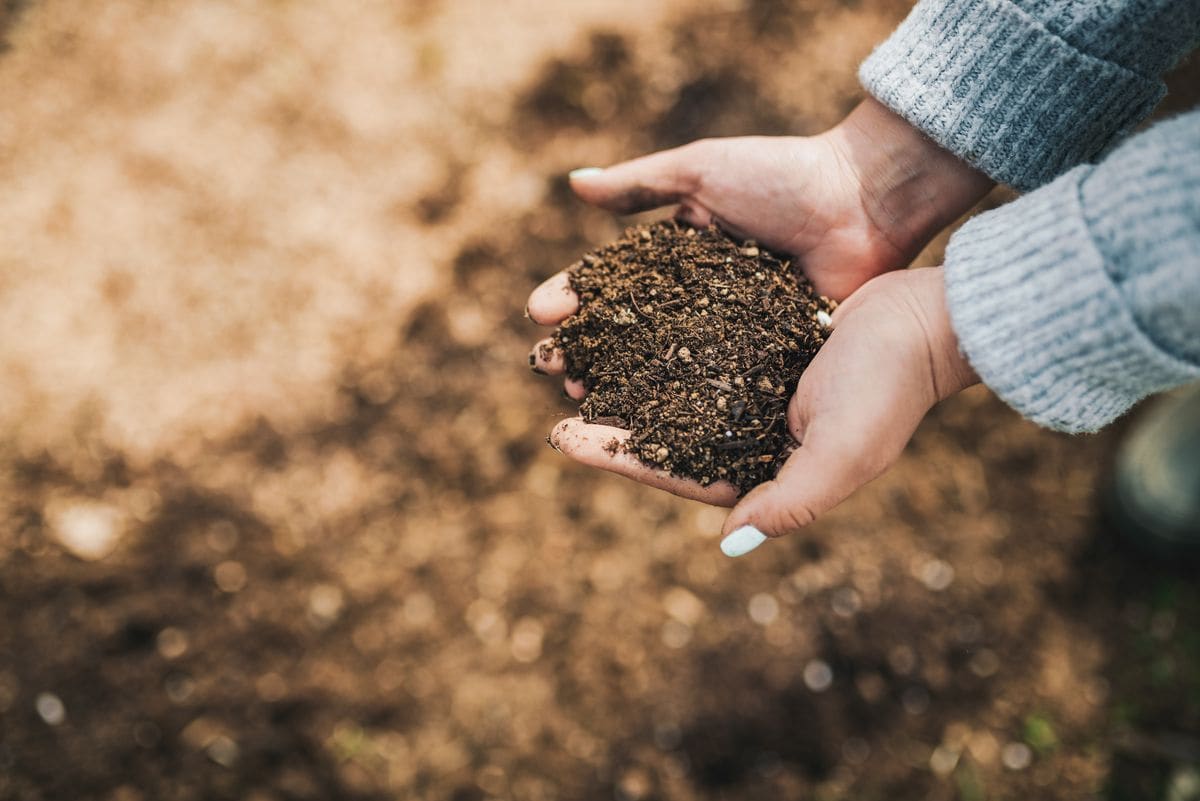 © Vasil Dimitrov
© Vasil DimitrovFertilizer: Just Enough for Healthy Growth
Myrtle does not require heavy fertilization. However, applying an appropriate fertilizer during spring and summer enhances its growth. In nutrient-poor soils, applying a low-nitrogen fertilizer monthly during the growing season can encourage leaf growth without excessive expansion.
Suitable fertilizers include:
- Worm castings (vermicompost): Improve soil structure, provide natural iron, and gently release nitrogen.
- Well-rotted compost: Rich in organic matter with balanced, slow-release nutrients.
- Commercial organic fertilizers: designed for Mediterranean shrubs or acid-loving plants, labeled as low-N NPK.
6/9
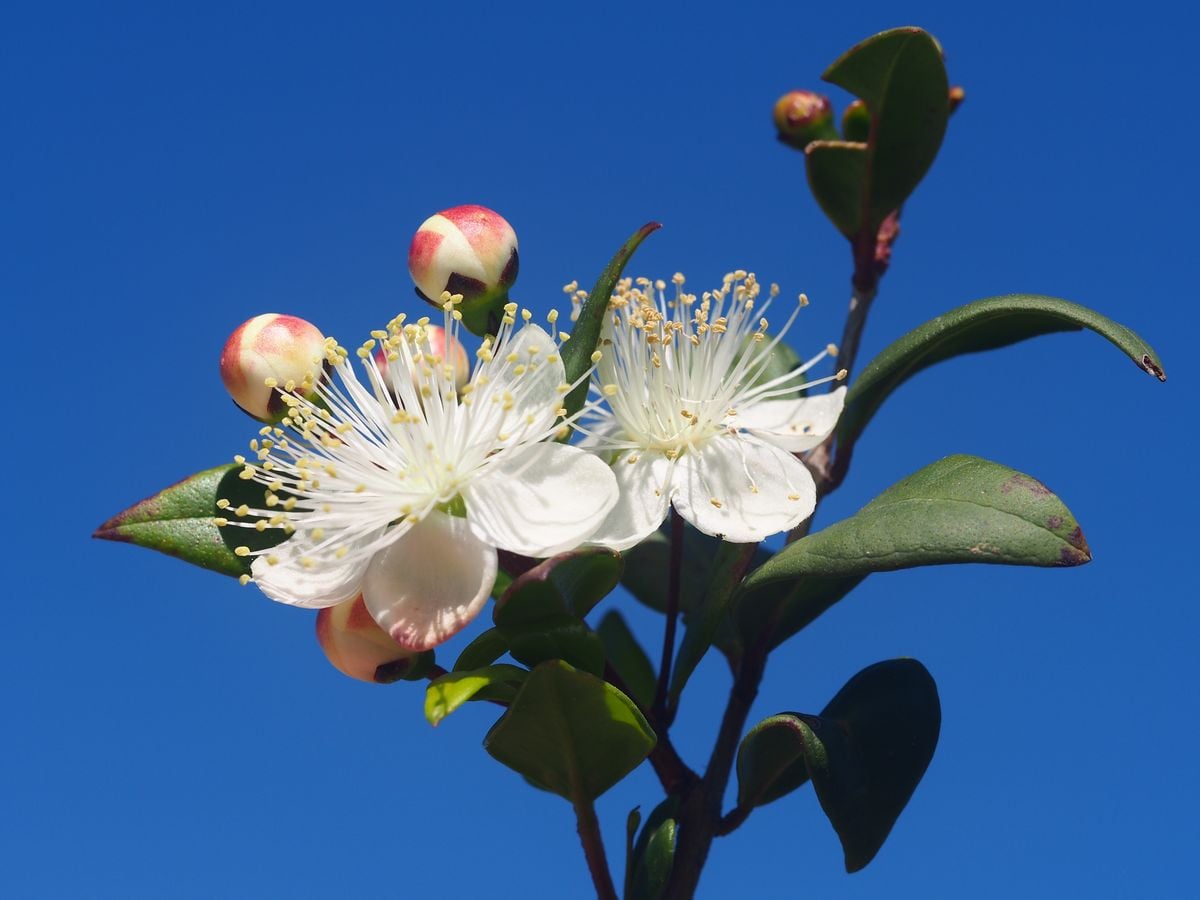 © Valter Jacinto
© Valter JacintoPropagation from Cuttings or Seeds: Reliable Results
Myrtle can easily propagate using two methods. Semi-woody cuttings taken in summer will root in 6 to 12 weeks if treated with rooting hormone and planted in a sandy, well-aerated substrate. Alternatively, myrtle seeds planted in autumn after soaking for 12 to 24 hours will grow reliably, although this method is slightly slower.
7/9
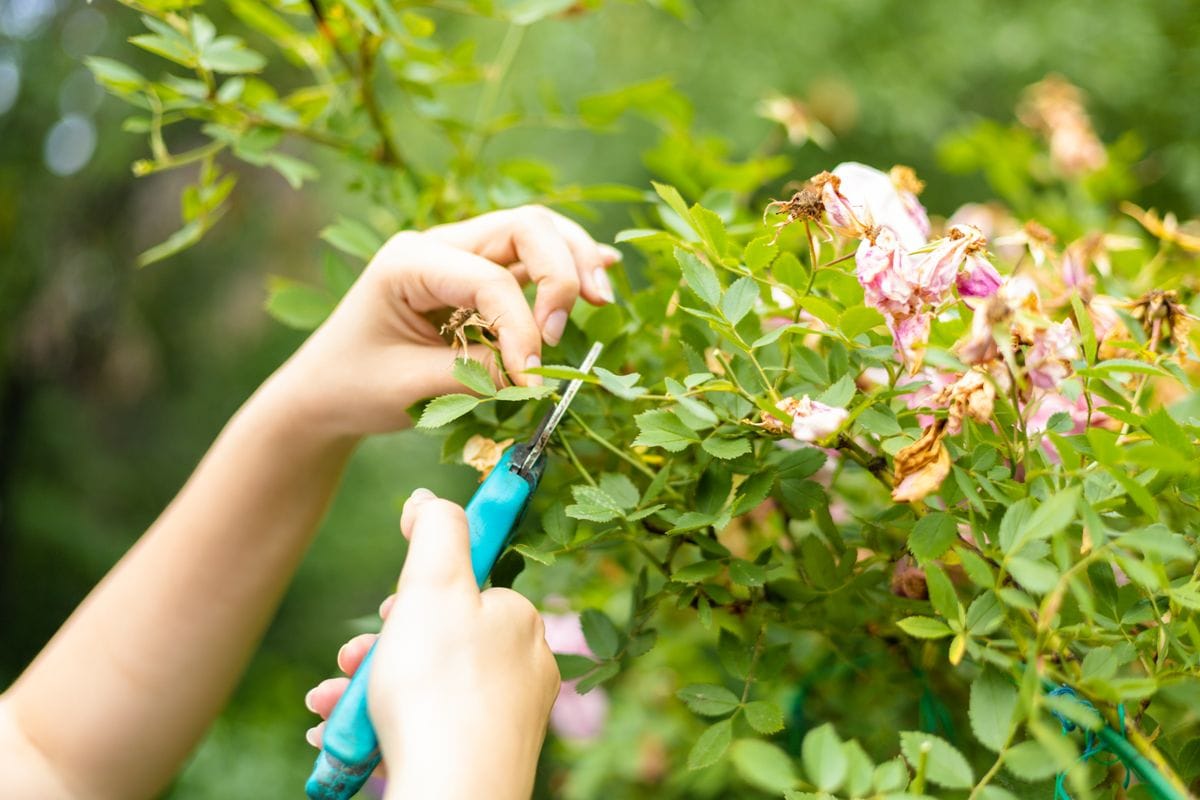 © Anna Cinaroglu
© Anna CinarogluEssential Care: Pruning
Pruning is crucial to maintaining myrtle’s compact shape and dense, aromatic foliage. For individual plants or those in pots, a gentle trim after blooming is sufficient. When grown as ornamental hedges, more frequent and rigorous pruning is necessary.
Regularly remove unruly shoots and manage height to maintain a balanced shape. Cleaning the base by removing old or crossed branches enhances airflow. Myrtle is also popular for bonsai cultivation, thanks to its fine branches, small evergreen leaves, and excellent response to precise pruning and shaping techniques.
8/9
 © Valter Jacinto
© Valter JacintoHardy and (Almost) Trouble-Free
Though hardy, myrtle occasionally faces pests such as scale insects, aphids, and spider mites, especially in hot, dry conditions. It can also be vulnerable to fungal diseases like rust or powdery mildew in overly humid or poorly ventilated environments. Prevent these issues by avoiding excess moisture and ensuring good airflow through proper pruning.
9/9
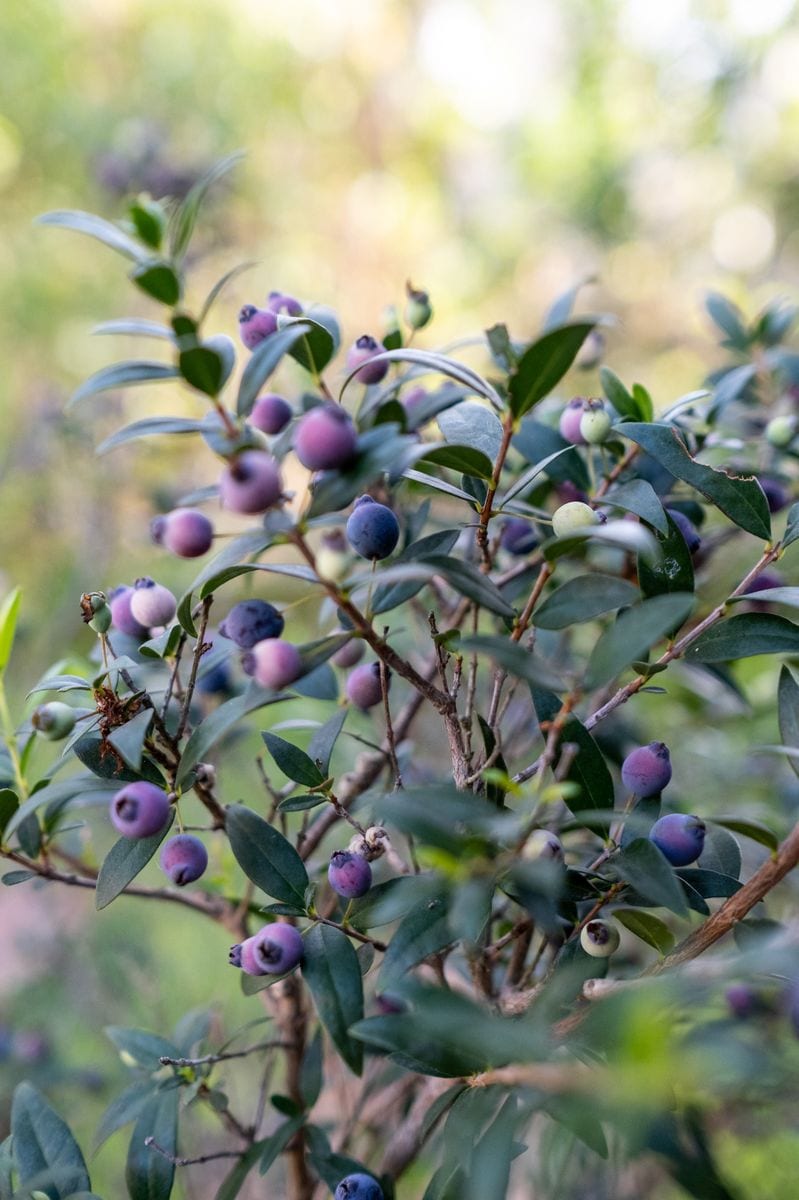 © MARTIN BERTRAND
© MARTIN BERTRANDBonus: Edible and Antioxidant-Rich Berries
Myrtle produces edible berries, dark blue to black, about 1 cm in diameter, ripening in late summer or autumn. Their bold flavor is slightly sweet with a bitter or astringent undertone, similar to juniper berries or wild blueberries.
Myrtle berries are commonly used to flavor game dishes, stews, and liqueurs, and they can also be dried for herbal teas or spice blends. Additionally, these berries are packed with antioxidants!

